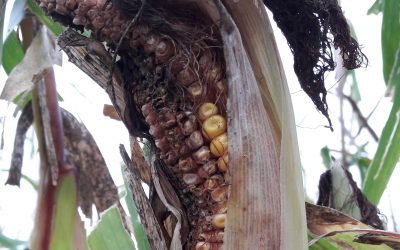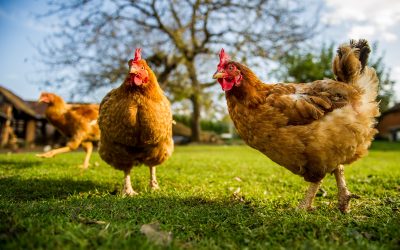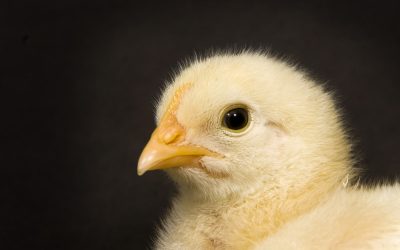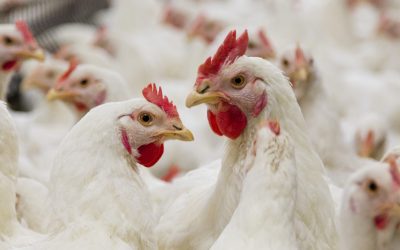Zearalenone deactivation: Mission possible
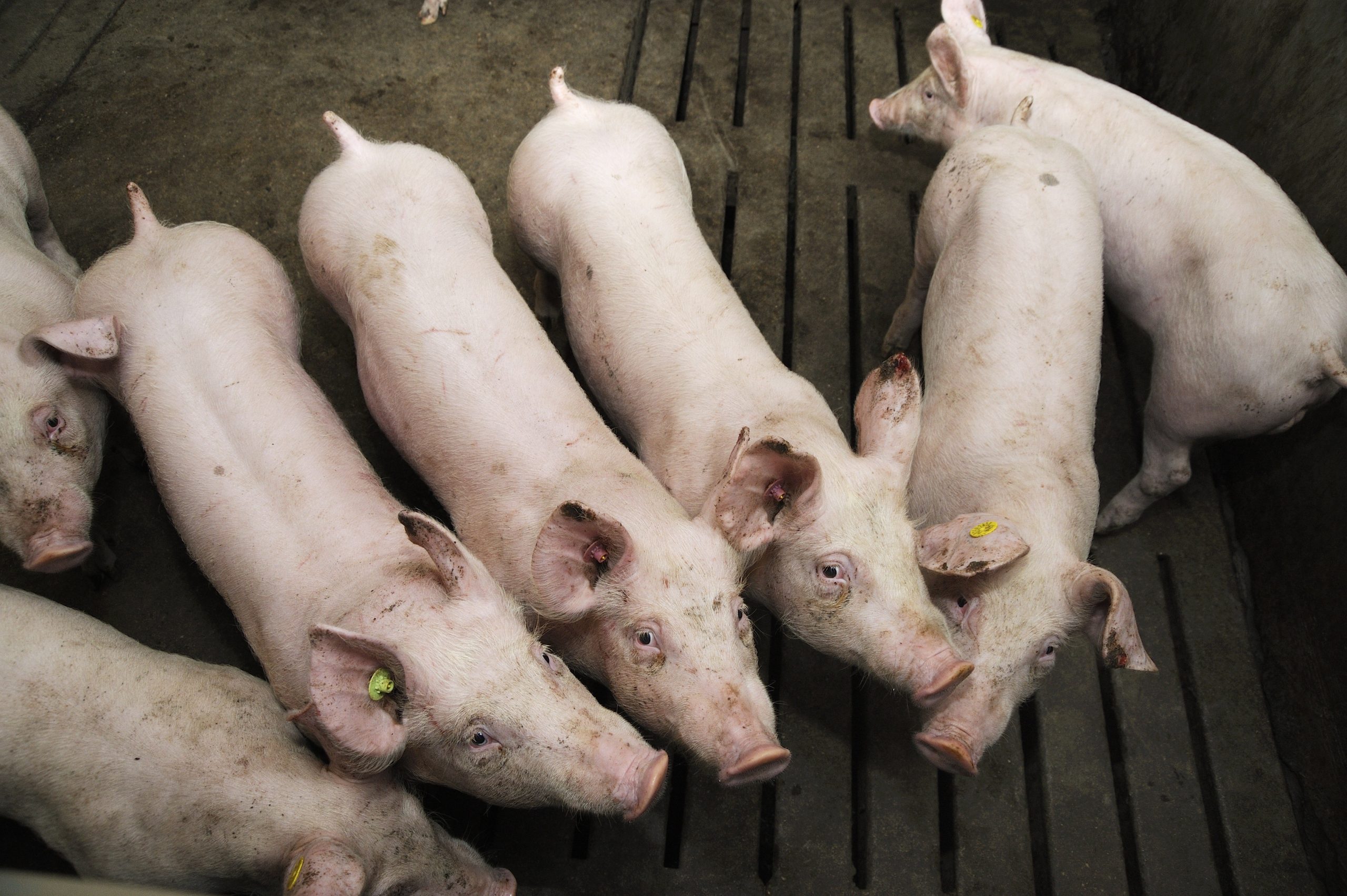
Can a mycotoxin deactivator positively influence the reproductive system of gilts when fed a zearalenone contaminated diet? A study found some positive effects.
Zearalenone (ZEN) was discovered in the 1960s. Symptoms associated with ZEN in livestock feed were seen more than 50 years ago in 1963.
In 1963, herds of young swine in Minnesota that consumed pelleted feeds were found to have symptoms which included:
- tumefaction of the vulva
- prolapsed vagina
- hypertrophy of the mammary glands
The same feed was then fed to guinea pigs and white rats and both developed enlarged uteri. Christensen was able to isolate compounds from mouldy corn, which were not isolated from sound corn, identifying them as F-1 and F-2.
F-1 was confirmed through various reactions to be ergosterol. Urry et al., (1966) identified the chemical structures of F-2, later naming it ZEN due to its structural name in combination with the name of the fungus it produces (Fusarium graminearum; teleomorph Gibberella zeae). A synthetic form of the metabolite α-ZAL, called zeranol (Ralgro), has been used as an anabolic agent for both sheep and cattle. This synthetic form, used as a growth promoter, was patented in the United States by some of the researchers who originally gave “zearalenone” its name. In 1989 zeranol was banned by the European Union (EU). It remains a Food and Drug Administration (FDA) approved growth promoter and there are currently no FDA regulations regarding ZEN in the United States. Established tolerable daily intake (TDI) for ZEN is 0.5 µg/kg-body weight/day, whereas its maximum limits in foods in the EU range from 20 to 350 µg/kg.
Toxy-Nil Plus effective against zearalenone
The objective of the study was to evaluate the influence of ZEN and Toxy-Nil Plus, a mycotoxin deactivator, on the status and functioning of the reproductive system of gilts at puberty (first oestrus) at 6 months of age. The experimental period lasted 2 months.
30 Large White gilts, 6 months of age, were allotted to 3 groups:
- Control: good quality compound feed (10 animals)
- ZEN: feed contaminated with 660 ppb ZEN (10 animals)
- ZEN + Toxy-Nil Plus: feed contaminated with 660 ppb ZEN with inclusion of Toxy-Nil Plus at 1.0 kg/t (10 animals)
Signs of oestrus such as behavioural changes and genital redness were visually observed twice a day and standing reflex was measured 3 times a day. After the trial at 8 months of age, 5 gilts from each group were euthanised for evaluation of the reproductive system. The parameters measured included length of uterus, size of vagina vestibule and length of vagina, length of cervix, ovarian size, and volume.
Results
The gilts which were fed the ZEN-contaminated diet had a significantly prolonged oestrus compared to the control group and the contaminated group with the mycotoxin deactivator (Figure 1).
The mycotoxin also extended standing heat; however this effect was fully reduced by the product (Figure 2). Inspection of the reproductive tract of gilts showed that 660 ppb ZEN had a significant effect on the uterus length, size of vagina vestibule and volume and weight of the ovaries (Table 1). These observations confirmed suboptimal development of the reproductive system in gilts which were showing clear oestrus signs and prolonged standing heat. When gilts consumed contaminated feed with simultaneous inclusion of the product, the length of uterus and volume of ovaries were similar to the control gilts.
Conclusion
The results of this study in breeding gilts showed that there was a significant influence of oestrogen-like mycotoxin ZEN at 660 ppb on reproductive function (uterus and vagina development, volume and weight of ovaries and oestrus signs). The negative effects of ZEN on the reproductive function of gilts were effectively reduced by the inclusion of mycotoxin deactivator product at 1 kg/t in the feed.
Author: Radka Borutova, Nutriad International, Belgium



